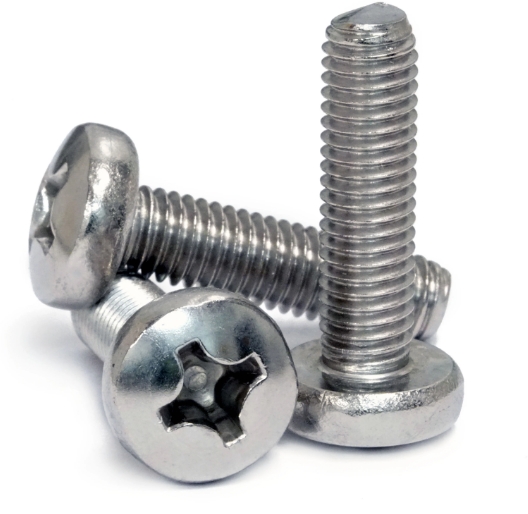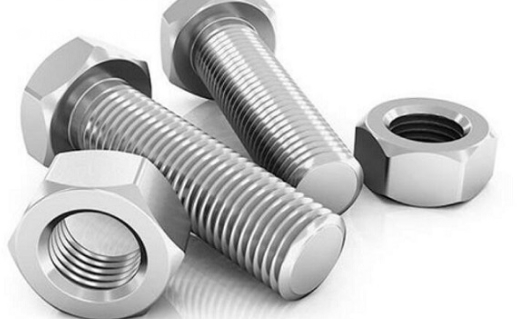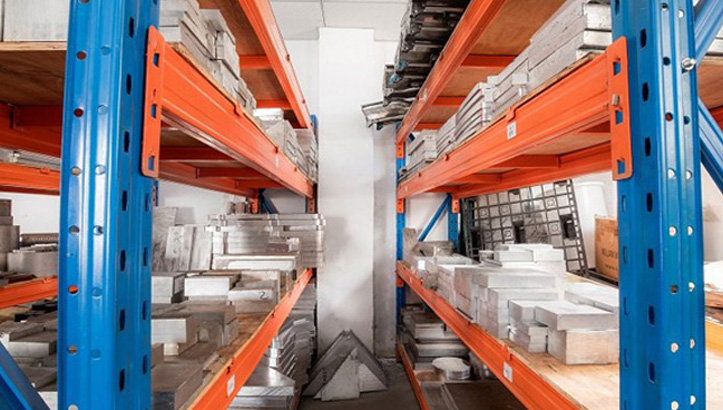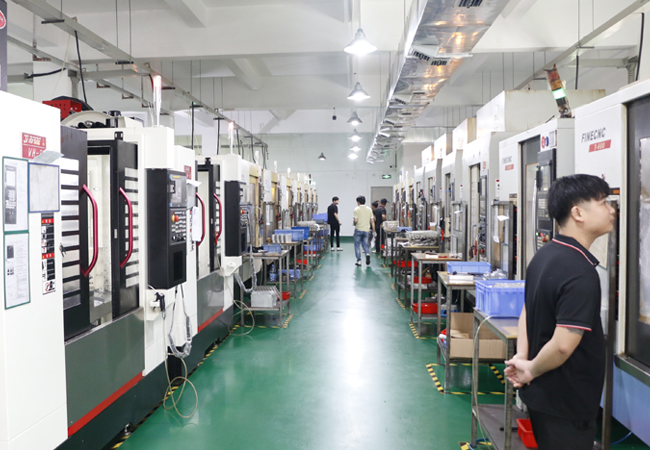The Type of Screw and Hole in Automotive Engineering
Choosing the wrong screw or hole type in automotive engineering can lead to failures, increased costs, and safety risks. Poorly matched components may loosen over time, causing mechanical malfunctions that compromise vehicle integrity and driver safety.
Screws and holes play a critical role in automotive engineering, affecting assembly strength, durability, and safety. Selecting the correct screw and hole combination ensures optimal fastening, minimizes wear, and enhances structural integrity in high-performance applications.
Let’s explore different types of screws, holes, and their applications in automotive engineering, with a focus on CNC machining precision for superior fastening solutions.
What is a Screw?
Screws are essential mechanical fasteners designed to join components securely. Featuring a helical ridge known as a thread, screws convert rotational motion into axial force, allowing them to embed firmly into materials. They come in various sizes, shapes, and materials, each suited for specific applications. In automotive engineering, screws are vital for assembling components, ensuring structural integrity and performance under demanding conditions.
Screws not only provide a robust and reusable connection but also allow for precision during assembly and disassembly. Their versatility makes them suitable for tasks ranging from lightweight panel attachment to securing heavy engine parts.
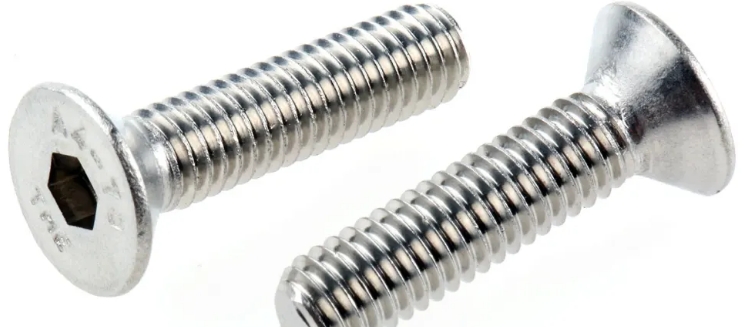
The Importance of Screws in Automotive Engineering
In automotive assembly, screws are indispensable for joining a wide range of components, including critical systems like engines, transmissions, and suspension assemblies, as well as interior and exterior fittings. The integrity of these connections is crucial for ensuring vehicle safety and performance.
Screws excel in creating strong, vibration-resistant joints, which are essential in vehicles subjected to constant motion and varying loads. Advanced designs, such as self-locking threads or coatings for corrosion resistance, enhance their reliability in extreme conditions.
The choice of screws significantly impacts the vehicle’s overall functionality. High-strength screws support load-bearing applications, while lightweight materials like aluminum and titanium contribute to reducing vehicle weight, aligning with modern efficiency goals. Proper screw selection also simplifies maintenance and ensures longevity by preventing premature failures.
Common Types of Screws Used in Automotive Engineering
In automotive engineering, different types of screws and bolts are used depending on the specific needs of the assembly, such as strength, ease of installation, and resistance to vibration and environmental conditions. Below is a detailed breakdown of common screw types used in automotive applications:
| Screw Type | Description |
|---|---|
| Machine Screws | Typically used in precise applications where a threaded hole is required. These screws are often used for securing machine parts or components in automotive assemblies. |
| Self-Tapping Screws | Designed to create their own threads as they are driven into materials. These screws are ideal for fastening components to sheet metal and plastics, providing a strong grip without the need for pre-threaded holes. |
| Self-Drilling Screws | Similar to self-tapping screws but with a built-in drill bit at the tip, allowing them to drill their own hole and tap threads at the same time, ideal for metal-to-metal connections in automotive structures. |
| Hex Bolts | Commonly used for heavy-duty applications, hex bolts have a hexagonal head and provide high tensile strength, typically used in engine components and frame assemblies. |
| Flange Bolts | These bolts have a flange beneath the head, which acts as a washer to distribute the load, reducing the risk of damage to softer materials. Often used in areas where vibration resistance is critical. |
| Body Bolts | Used in automotive body construction, these bolts are designed to connect parts of the vehicle’s body, often securing panels and structural components, ensuring a strong and durable assembly. |
| Special Screws for High-Temperature and Anti-Vibration Applications | These screws are made from specialized materials and coatings that withstand extreme temperatures and vibrations, commonly used in engine parts, exhaust systems, and other high-stress components. |
What is a Hole?
A hole is a cavity or opening, typically circular, created in a material to facilitate the insertion of screws, bolts, or other fasteners. It is a fundamental feature in engineering and manufacturing, enabling the assembly of components and systems. Holes can be made through drilling, punching, casting, or other techniques, depending on the material and application.
Holes come in various types, such as threaded holes for fasteners, clearance holes for free movement, and countersunk or counterbored holes for flush fittings. They are carefully designed to ensure proper alignment, load distribution, and functionality in the final assembly.
Beyond fastening, holes also serve additional purposes like reducing weight, allowing fluid or airflow, and accommodating wiring or thermal expansion. In automotive engineering, precise hole design and placement are critical for the reliability and safety of components such as engine blocks, chassis structures, and suspension systems.
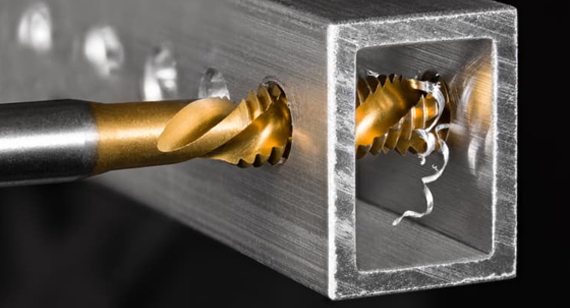
Common Types of Holes in Automotive Engineering
In automotive engineering, various types of holes are created in materials to accommodate fasteners, enhance performance, and facilitate assembly. The choice of hole type depends on the function of the joint, load-bearing requirements, and the need for vibration resistance or corrosion protection. Below is a detailed description of the common hole types used in automotive applications:
| Hole Type | Description |
|---|---|
| Through Holes | These holes pass completely through the material, allowing fasteners or bolts to pass through and secure components on both sides. They are commonly used for structural assembly in automotive frames and panels. |
| Blind Holes | Blind holes have a defined depth but do not pass through the material. They are often used for securing components where only one side of the material needs to be fastened, such as in engine parts or body panels. |
| Countersunk Holes | These holes have a conical shape at the opening, allowing the head of a screw or bolt to sit flush with the surface. Countersunk holes are typically used for aesthetic purposes or when smooth surfaces are required, such as in exterior panels or trim. |
| Tapped Holes | Tapped holes have internal threads, allowing screws or bolts to be directly inserted and securely fastened without the need for a nut. These holes are commonly found in engine blocks, chassis, and other critical structural components. |
| Locking Threaded Holes | These holes are designed with additional features such as locking inserts or specialized coatings that prevent fasteners from loosening due to vibrations. They are commonly used in high-vibration areas like the suspension system or engine mounts. |
| Paint Plug Holes | Paint plug holes are small holes used to cover or seal during the painting process. These holes are designed to be easily plugged or covered after painting to prevent paint from entering cavities, ensuring a smooth finish and preventing corrosion. |
Relationship Between Screws and Holes
FAQs About The Type of Screw and Hole in Automotive Engineering
What is Called OT Screw and Hole in Automotive Engineering?
In automotive engineering, an “OT screw” and hole likely refer to “Over-Tapped” (OT) holes, which are slightly larger than the standard thread size. This allows easier assembly and accounts for coating thickness or thread deformation. OT holes help prevent tight fits that could lead to assembly issues or damage. They are commonly used in fastener joints to improve ease of installation and accommodate manufacturing tolerances.
What is a Screw Clearance Hole?
A screw clearance hole is a hole drilled slightly larger than the screw’s outer diameter, allowing the screw to pass through freely. It ensures the screw does not engage with the material but instead fastens into a threaded component, such as a nut or a tapped hole. Clearance holes prevent thread interference, making assembly easier and reducing the risk of misalignment or binding.
How to Represent a Hole in Engineering Drawing?
Holes in engineering drawings are represented using centerlines, dimensioning, and specific hole symbols. The diameter is indicated with the “Ø” symbol, and depth is marked if applicable. Threaded holes are labeled with specifications like “M10 × 1.5” for metric threads. Special features, such as counterbore (⏚) or countersink (⌵), are also noted. Detailed annotations ensure precise machining and assembly.
What is the Technical Term for Hole?
The technical term for a hole varies based on its function, including “bore,” “drill hole,” “countersink,” “counterbore,” or “threaded hole.” A simple hole is often called a bore, while a hole with a specific function may have more specialized names. Engineering standards, such as ISO and ASME, define proper terminology for different hole types.
How to Avoid Misalignment When Machining Holes?
To avoid misalignment when machining holes, use accurate positioning methods like drill guides, CNC programming, and proper fixturing. Center punching or pilot drilling ensures accuracy before drilling larger holes. High-quality cutting tools and proper speeds help maintain precision. For multi-hole patterns, coordinate measuring systems or digital readouts can ensure exact spacing and alignment.

